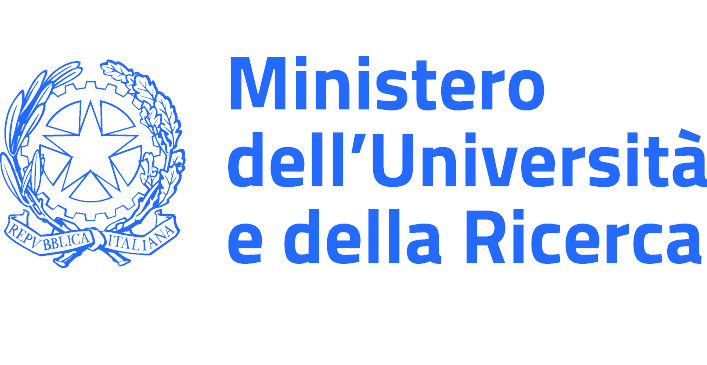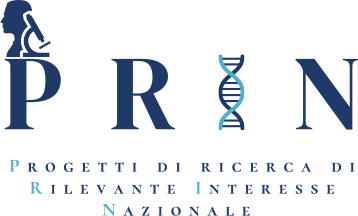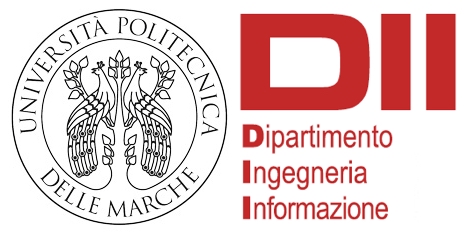 |  |
Project details
Title:
SUPporting Ecological tRanSitiOn iN mId-haul logistiCs
Acronym:
SUPERSONIC
Type:
National: Bando PRIN 2022 (D.D. n. 104 del 02-02-2022)- scorrimento – Avviso MUR Decreto Direttoriale n. 1401 del 18-09-2024(495 KB)
Start Date:
February 4, 2025
End Date:
February 3, 2027
Principal Investigator:
Prof. Ornella Pisacane
Other Personnel from UNIVPM involved in the project:
Prof. Domenico Potena
Other Units Involved:
Prof. Maurizio Bruglieri, Dipartimento di Design, Politecnico di Milano
Prof. Edoardo Fadda, Dipartimento di Scienze Matematiche “G. L. Lagrange”, Politecnico di Torino
Total Funding Amount:
101.494,00 €
Keywords:
Electric Vehicle Routing, Mathematical Programming, Metaheuristics, Stochastic Optimization, Robust Optimization, Machine learning
Description:
The Road Transport (RT) is responsible for about 70% of GreenHouse Gas Emissions (GHGE) in the transportation sector, emissions forecasted to double in 2050. Therefore, Electric Vehicles (EVs) are seen as one promising solution. However, in Mid-Haul Logistics (MHL), where the distances covered are usually greater than the drive range of medium-duty EVs, recharges en-route are necessary. The scarce distribution of the Recharging Stations (RSs) on the territory may cause (long) waiting times at them and for this reason, a company operating in MHL may not serve customers on time, consequently using more EVs with an increase in total cost. SUPERSONIC aims at supporting companies operating in MHL towards an ecological transition, proposing innovative policies to manage public or shared RSs, each one leading to a different vehicle routing problem. The resulting routing problems will be addressed both without historical data and with historical data. SUPERSONIC will contribute promoting smarter RSs with time saving for companies operating in MHL and to incentivize the use of EVs with consequent positive impacts from a socio-economic point of view.
Objectives:
SUPERSONIC focuses on the case in which stations are public, or shared among different transportation companies, and their capacity is limited (i.e., a limited number of chargers). The resulting routing problem is defined as Electric Vehicle Routing Problem with Time Windows and Capacitated RS (EVRPTW-CRS). SUPERSONIC aims to investigate different policies for managing the public/shared RSs inside EVRPTW-CRS. More specifically, it aims at:
i) supporting companies operating in MHL towards an ecological transition by introducing innovative policies for managing the recharges at capacitated RSs;
ii) optimizing the routing of EVs under the different recharging policies, leading to several challenging variants of EVRPTW-CRS. Both deterministic and stochastic contexts will be considered;
iii) comparing the results obtained under the different recharging policies, considering also real alike cases.
Application Contexts:
In the background of the ecological transition (also required by the PNRR plan), one of the main obstacles to the use of EVs is the fact that RSs are not widespread on the territory. This is a critical issue, especially in Mid-Haul Logistics (that is the application context of the project) where very often at least one recharge per route is required. This leads to a proper route plan, also including possible stops at RSs along the trip. In most of the literature works, the capacity of RSs is assumed to be unlimited, i.e., with an unlimited number of chargers, and thus an EV can always recharge without waiting at an RS. However, since this is an unrealistic assumption, SUPERSONIC will assume a limited number of chargers at each station.
Expected Results:
The results of SUPERSONIC will consist in:
i) designing new innovative solution approaches;
ii) generating a set of benchmark instances;
iii) a detailed analysis of the dis/advantages of each recharging policy.
Publications:
– E. Fadda , A. Moretti , O. Pisacane , D. Potena. A survey on the recharging policies in the Electric Vehicle Routing Problem with Time Windows. Book of abstracts, International Conference on Optimization and Decision Science 2025.
– M. Bruglieri , E. Fadda , O. Pisacane , D. Potena. An approximate dynamic programming approach for the Electric Vehicle Routing Problem with Time Windows and Stochastic Travel and Recharging Times. Book of abstracts, International Conference on Optimization and Decision Science 2025.
– M. Bruglieri , L. Moreschini. A Matheuristic for the Electric Vehicle Routing Problem with Capacitated Public Recharging Stations. Book of abstracts, International Conference on Optimization and Decision Science 2025.
– A. Baldinini , D. Ferone, P. Festa, A. Moretti, O. Pisacane, D. Potena. A metaheuristic for the Electric Vehicle Routing Problem with Time Windows and Capacitated Recharging Stations. Book of abstracts, International Conference on Optimization and Decision Science 2025.
– M. Bruglieri , A. Moretti , M. Paolucci , O. Pisacane. A Matheuristic for the Electric Vehicle Routing Problem with Time Windows, Realistic Energy Consumption and Multiple Recharge Technologies. Book of abstracts, International Conference on Optimization and Decision Science 2025.
Events organized for disseminating the project results:
– The project team organized a special session, entitled PRIN SUPERSONIC, within the International Conference on Optimization and Decision Science 2025, to show the results obtained so far and to divulgate also the aims of the project. During this session, 5 works, each co-authored by at least one member of the project team, were presented.
For further details, please visit the website of the conference airoconference.it/ods2025/
– Prof. Pisacane was invited to present the project during the event UNIVPMOBILITY, organized by Università Politecnica delle Marche. During the event, several contributions, on the main topic related to sustainable mobility, also coming from other regional institutions, were presented. Here the poster of the event.
